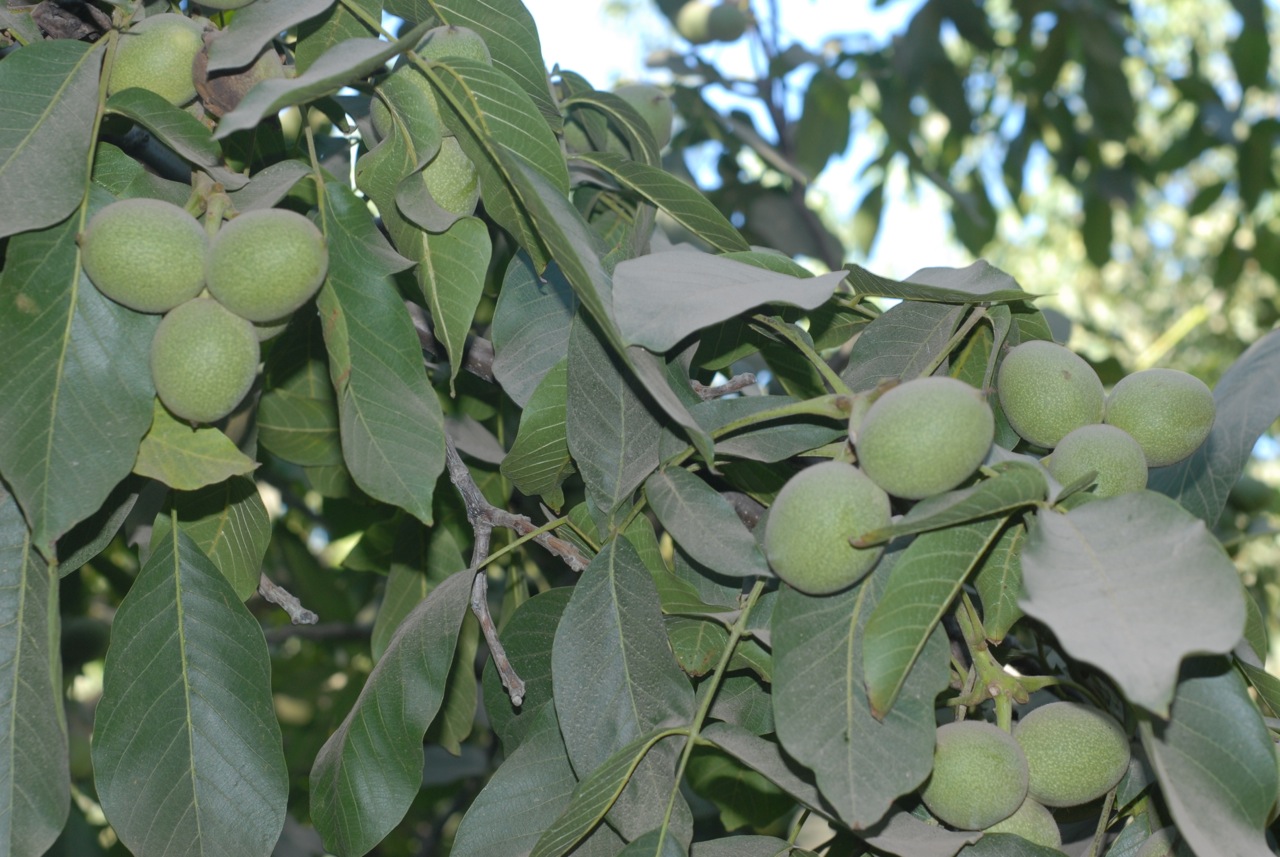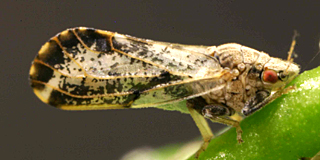Ag Is Critical Infrastructure—Essential!
Ag Critical Statement from California Farm Bureau President Jamie Johansson:
With agriculture designated “critical infrastructure” by federal and state governments, the California Farm Bureau Federation continues its commitment to assist the state’s farmers, ranchers and agricultural businesses during the statewide stay-at-home order issued by Gov. Gavin Newsom.
“As people who work in a sector defined as critical, farmers, ranchers and people working in agricultural businesses recognize our special responsibility to maintain normal work schedules,” CFBF President Jamie Johansson said. “We encourage local, state and federal agencies to interpret the guidelines as broadly as practicable, to be sure everyone in agriculture can stay on the job, producing food and farm products during this crisis.”
As with any decisive action, Johansson said, there will likely be some confusion and questions about definitions, but he said he has been reassured agencies remain committed to smoothing the production, marketing and transportation of food and farm products.
“The state Office of Emergency Services has made it clear: People involved in agriculture, food production, distribution and transportation of food or agricultural products—anyone working in the food supply chain—people in those critical jobs are allowed and should continue to show up for work,” Johansson said.
To ensure people working in agriculture can do their jobs safely, Farm Bureau has redoubled its work with employers to make sure they’re aware of the latest guidelines from health officials and government agencies.
“Based on the questions we’ve been receiving from farmers, we know they’re being diligent in having employees engage in sanitary practices,” Johansson said. “That’s already a high priority for reasons both of food safety and employee health. Farmers take a number of steps on a regular basis to protect themselves, their employees, their families and their crops.”
County Farm Bureaus around California and CFBF will remain operational, in order to support their members.
“County Farm Bureaus provide a critical local resource for farmers, ranchers and people in agricultural businesses,” Johansson said. “County Farm Bureaus and those of us at CFBF will remain available to respond to our members and work with government agencies to assure continuity of critical food and agricultural activity.”















